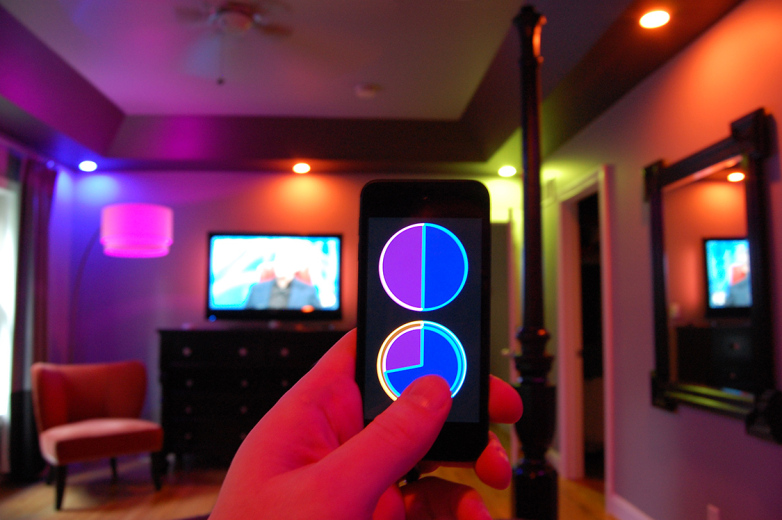written by Robin Fieseler, 14th of October 2022, 5min read
Table of content:
- The $50M ‘The DAO’ hack
- What is a DAO?
- Opportunities and Threats of a DAO
- Key Take aways
- References
1. The $50M ‘The DAO’ hack
Spring 2016, the world’s first decentralized autonomous organization (DAO) on Ethereum, ‘The DAO’, was created on a P2P network to be the first decentralized venture capital fund. The DAO raised $168M of individual investors. In June 2016, headlines all over the news stated that The DAO was hacked by $50M (Mehar et al. 2019).
Before the threats are unveiled, let’s start with a simple explanation and dive deeper into the crypto space. Afterwards you will learn what areas DAOs could affect and what opportunities a Dao can create. Finally, the threats of DAOs are discussed by unveiling what caused the hack.
2. What is a DAO?
A decentralized autonomous organization is internet-based globally operating collectives using resources together for a common and predefined goal (creating products or services). Everyone who invests in a DAO benefits from governance, i.e. reciprocal voting rights. This leads to a dehierarchisation. The DAO is a company with programmed rules, e.g. how to use the money or what happens with the money if the project fails. These rules are programmed as Smart Contracts resulting in an action as soon as the needed votes are reached. Everyone can raise new topics on which the DAO investors/members will reconcile (Welpe 2022).

Furthermore, it is stated that it could be a legal organization to acquire goods or art, to focus on a social goal or crowdfunding, functioning as an investment vehicle like The DAO or being a whole decentralized business. The last point could mainly focus on new businesses like start-ups. This example would look like: if a start-up wants to create a decentralized app, the DAO would be the company making the decisions with smart contracts about for example raising the money needed to pay salaries and decisions about the allocation of salaries (Welpe 2022).
3. Opportunities and Threats of a DAO
After understanding what a DAO is and in which area a DAO could operate, the following focus is on opportunities and threats. On the one hand, DAOs are part of the decentralized movement leading to the abolition of the intermediary. This leads to reduction in costs for not needing lawyers, banks etc. Focusing on investments, individuals might not be able to participate in funding due to minimal amount of money to invest (Wang et al. 2019). For example, a DAO called ConstitutionDao was founded and raised $3.5M to buy a rare copy of the U.S. constitution. Not having or wanting to invest that much money would mean there is no possibility to participate in the auction (Rachel Lerman 2021).
The threats incorporate security and privacy issues, and an unclear legal status. For this post the focus lies on the security. How does it come that in a decentralized (more secure) world, security is such a big issue. It comes by the nature of the blockchain itself. The blockchain stores the data openly accessible for everyone. But, if everyone can read the code of the contracts and the organization, then also everyone is able to find bugs. In the case of The DAO, a bug was identified in 2016 and immediately tried to be solved. However, everyone has the same amount of knowledge due to open access to the data. So, in this specific case an anonymous hacker group stole $50M due to a bug in the code. Moreover, a company is succeeding due to it’s unique selling proposition. Now imagine if the data is openly accessible for anyone. Anyone can just copy and paste the data and create a similar company. In reality, it is not as easy as juts pressing ctrl + c, but the threat still exists. Lastly, there is no legal status on DAOs meaning there is a lot of risks of new laws regulating or banning (Liu et al. 2021; Mehar et al. 2019; Wang et al. 2019).
4. Key Takeaways
To conclude, a DAO is the best way to eliminate the intermediary and invest collaboratively with
anonymous others with the same goal into projects. While the opportunities show that it economical
to reduce the intermediaries and gives opportunities to compete with hedge funds, the risks explain
why DAOs are more used as investment vehicles than actual companies. If you invest and use a DAO
as the vehicle, make sure the programmers who created the company know what they do.
For those of you who want to learn more about the hack now, click on the link to learn what a hard fork is, how The DAO programmers made sure people didn’t lose all their money and why we have Ethereum Classic today.
5. References
Liu, L., Zhou, S., Huang, H. et al. (2021), ‘From Technology to Society: An Overview of Blockchain-Based DAO’, IEEE Open J. Comput. Soc., 2: 204–215.
Mehar, M. I., Shier, C. L., Giambattista, A. et al. (2019), ‘Understanding a Revolutionary and Flawed Grand Experiment in Blockchain’, Journal of Cases on Information Technology, 21/1: 19–32, accessed 13 Oct 2022.
Rachel Lerman (2021), ‘A group of crypto enthusiasts lost out on the auction to buy a rare copy of the U.S. Constitution’, The Washington Post, 19 Nov <https://www.washingtonpost.com/technology/2021/11/18/crypto-dao-constitution-auction/>, accessed 14 Oct 2022.
Wang, S., Ding, W., Li, J. et al. (2019), ‘Decentralized Autonomous Organizations: Concept, Model, and Applications’, IEEE Trans. Comput. Soc. Syst., 6/5: 870–878.


